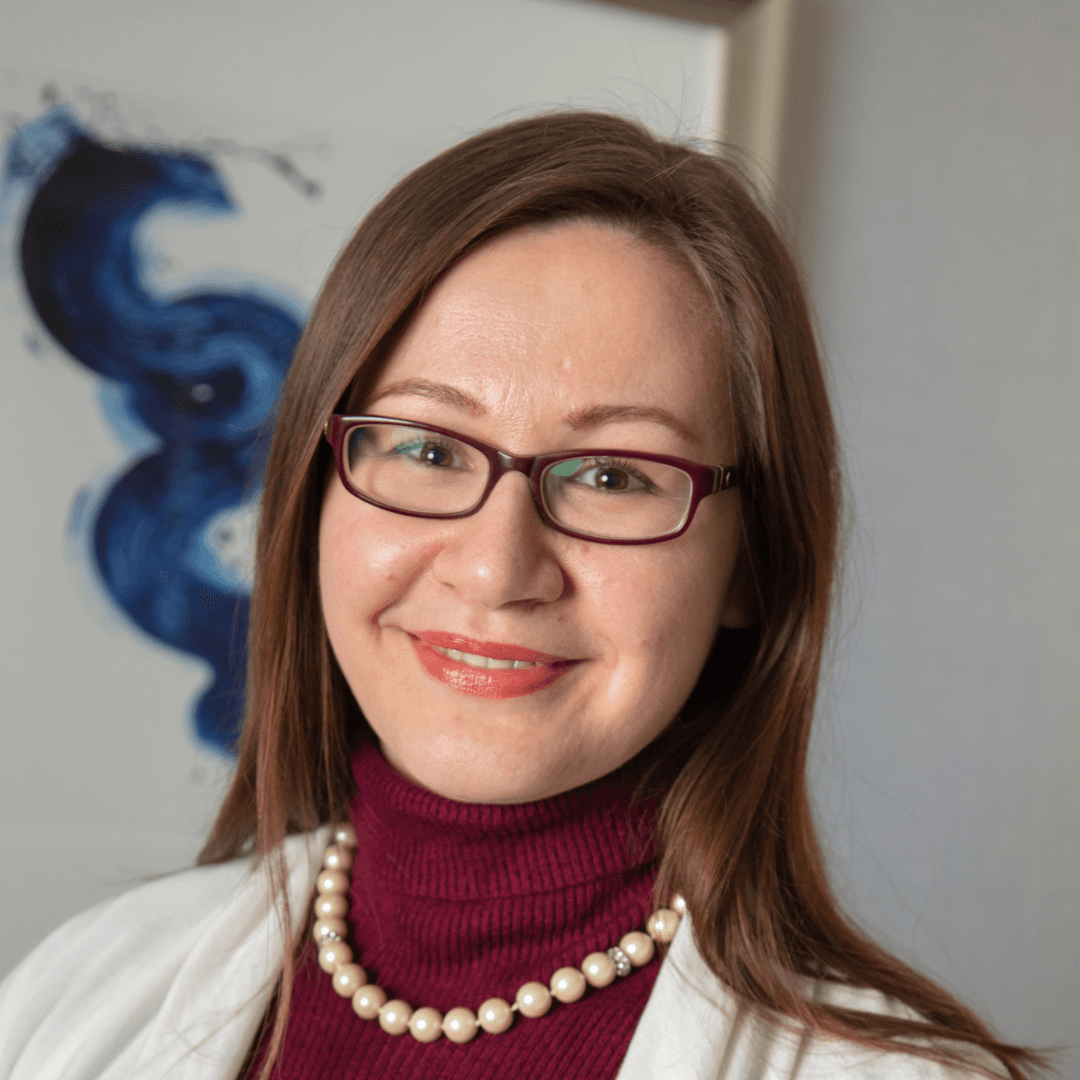Individuals with sickle cell disease have at least one of the two beta globins of their hemoglobin molecules replaced by hemoglobin S (HbS). The second beta subunit can be replaced by HbS or by a different variant. The combination of these variants (also called mutations) results in different types of SCD. The following table includes the most common forms of SCD, each characterized by a different combination of beta-globin variants.
| First hemoglobin beta chain mutation | Second hemoglobin beta chain mutation | Abnormal hemoglobin genotype | Disease name |
|---|---|---|---|
| HbS | HbS | HbSS | Sickle cell anemia |
| HbS | β0 thalassemia | HbS β0 | Sickle beta zero thalassemia |
| HbS | β+ thalassemia | HbS β+ | Sickle beta plus thalassemia |
| HbS | HbC | HbSC | Sickle C disease |
Sickle cell beta-plus thalassemia and sickle cell zero thalassemia are two specific types of SCD that result from two different genetic mutations. One mutation leads to the production of HbS instead of normal hemoglobin (HbA or adult hemoglobin), which characterizes all SCD. The other mutation (β0 thalassemia or β+thalassemia) affects the amount of normal beta chains produced, hence the amount of normal hemoglobin produced. People affected by sickle beta-plus thalassemia have both HbS and normal hemoglobin, but the latter is produced in lower-than-average amounts. On the other hand, people with sickle beta zero thalassemia are characterized by the presence of HbS, but they can’t produce normal hemoglobin.


